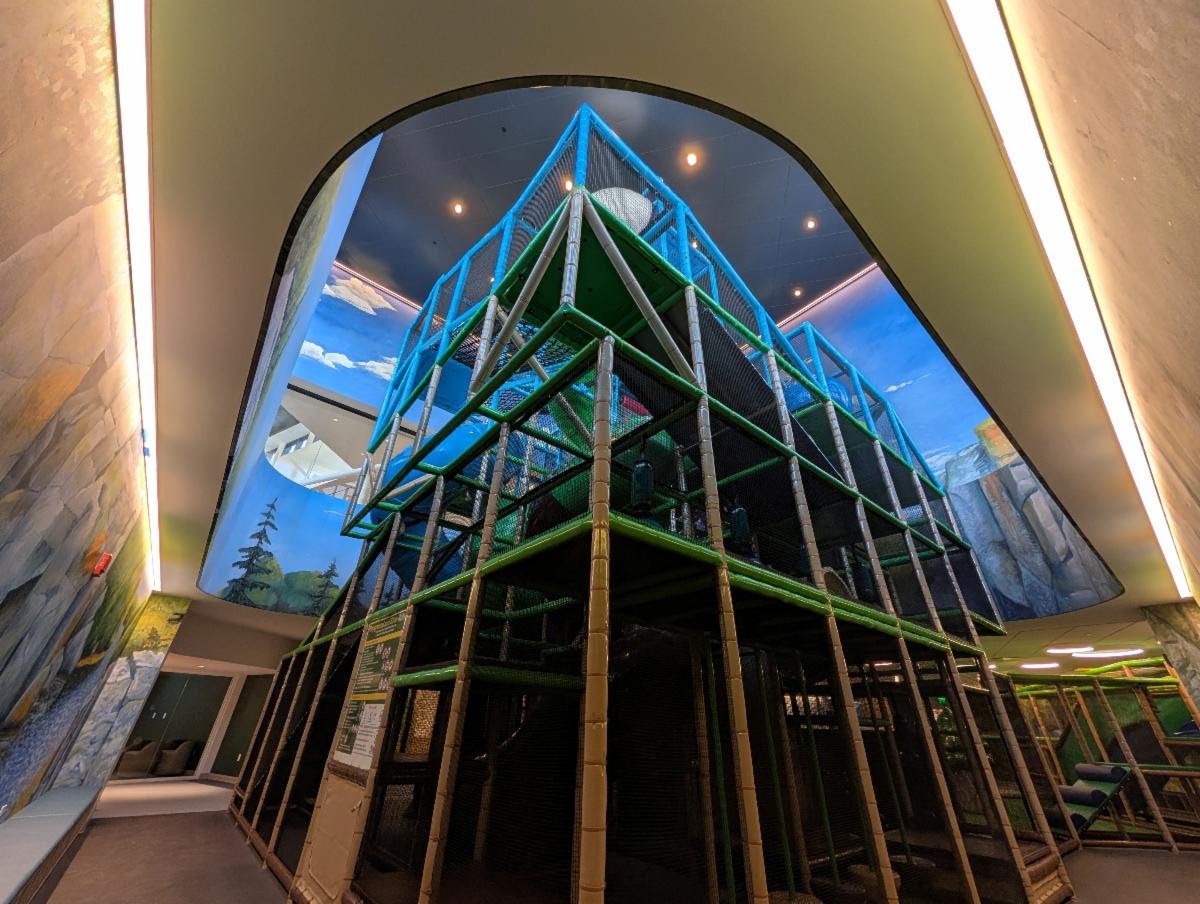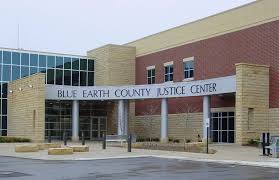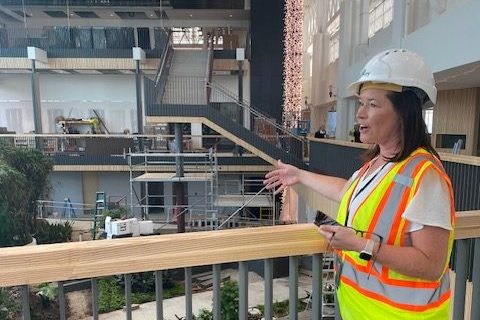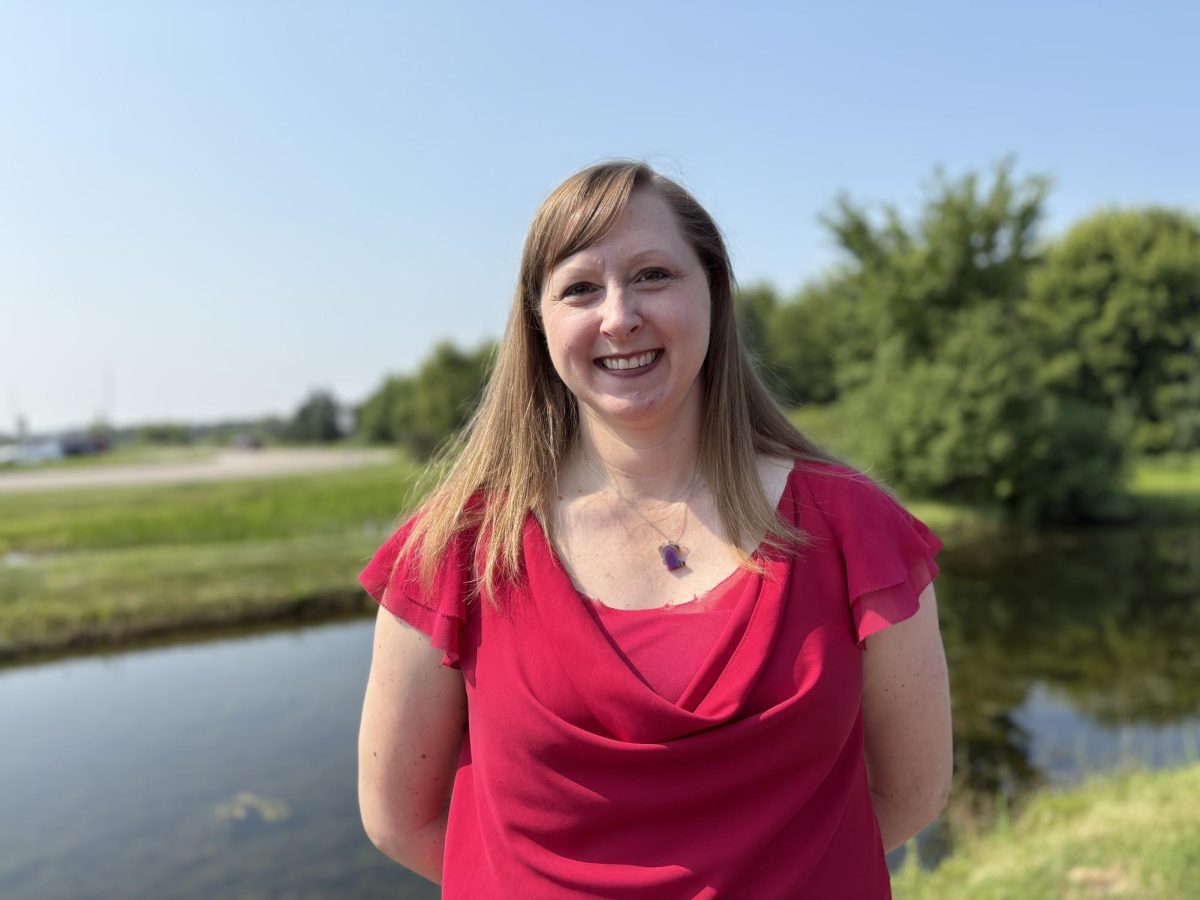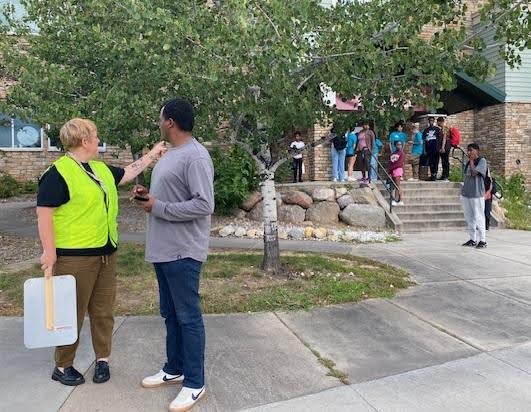This fall buses will carry kids from Woodbury to schools in three different districts. While the majority of students attend South Washington County (833), significant minorities attend Stillwater (834), and North St Paul-Maplewood-Oakdale (622).
District boundaries divide communities so that children living on the same street may not ever attend the same school as their neighbors. Students attending some schools in 834 and 622 face long bus rides, leaving them tired at the end of the day and sometimes unwilling to travel the distance to join in extra-curricular activities.
Neighborhoods serving more than one district may see congestion as multiple buses pick up kids. Some families moved to Woodbury without being aware that their local school was not in Woodbury. Either the information was not shared by their realtor or the new resident looked at one of the many information sources that simply indicate that Woodbury is served by District 833.
A quick look at the map shows that South Washington County does not include homes and businesses in the northern part of the city along I-94. That corridor includes much of the recent commercial development in Woodbury. As a result, the property tax revenues from that area are distributed to Districts 622 and 834. That funding boost explains why the school boards that receive it likely would never agree to re-drawing boundaries.
To understand the situation better but not perfectly requires an understanding of the history of education in Woodbury. With the help of Tom Bielenberg from the board of the Woodbury Heritage Society and archival information from the districts, we can trace the path from one-room school houses to districts serving thousands of students.
Woodbury’s School Roots Date Back To 1855
The first school in Woodbury was held in the home of William Middleton in 1855. Initially a private school, it became public after a year or so. Territorial law required that townships be divided into districts when the districts contained more than five families. Funding was from a general tax supplemented by levies on liquor and fines for criminal offenses. Rural Woodbury added schools in seven districts between 1862 and 1868.
Few students went beyond eighth grade, but there were some options. Stillwater’s first high school was built in 1873, and motivated Woodbury students could travel to St Paul’s Johnson and Harding High Schools. Population growth in Newport and St. Paul Park led to the opening of a high school in 1914 which was also available to Woodbury students.
Consolidation
In the early part of the 20th century, statewide concerns were raised about the quality of teaching in the small schools as well as concerns about poor attendance, especially in rural areas. State officials recommended consolidation of the little districts and offered funding to encourage it. In 1948 Washington County’s School Survey Committee recommended that every child have access to a high school education, uniform educational opportunity, a nearby school at the center of the community, and a school district large enough to maintain an adequate program.
In 1950 residents in Newport, St Paul Park, most of Cottage Grove, and a small portion of Woodbury voted to band together as Consolidated District 102 which was subsequently renumbered as 833.
Consolidation votes were taken by Woodbury in 1952 and 1954. Neither the process nor the voters’ motivation are clear all these years later. Most of the small districts – including the Schilling School on Bailey Road, District 27 on Afton Road, and Middleton – all joined with their southern neighbors in consolidation.
Most confusing is the Fish Lake School near Markgraf Lake, which became part of both District 833 AND District 834. It is unclear how a one-room school could join two different districts or whether a decision was made and individual exemptions were granted. Located in the northeast corner of Woodbury puts the school nearer to Lake Elmo and its elementary school than to the southern part of the county. In the 1950’s Lake Elmo was a bustling town compared to Woodbury, which might have impacted voters’ decisions. Students living in this district now attend Stillwater schools.
The decisions about school boundaries in Woodbury were locked in during the early 1950’s when the population of the city was about 1,000 people. While the farmers and their families may have anticipated some growth, it is unlikely that they imagined the impact that division into three school districts would have on a city of 80,000.


